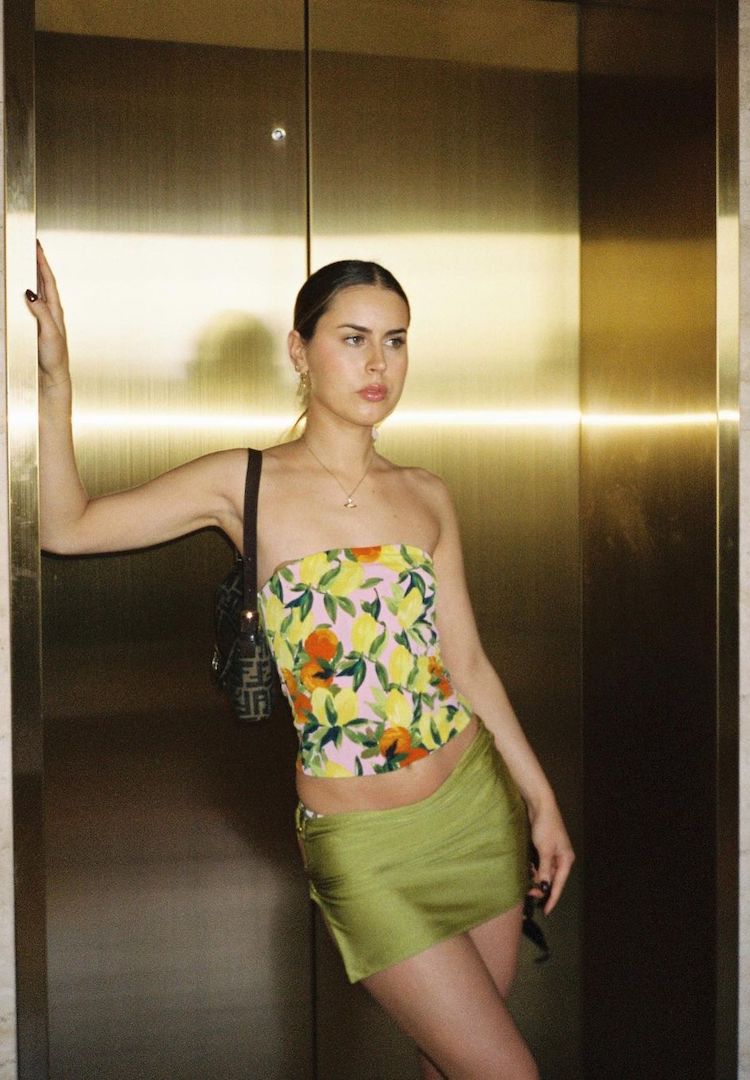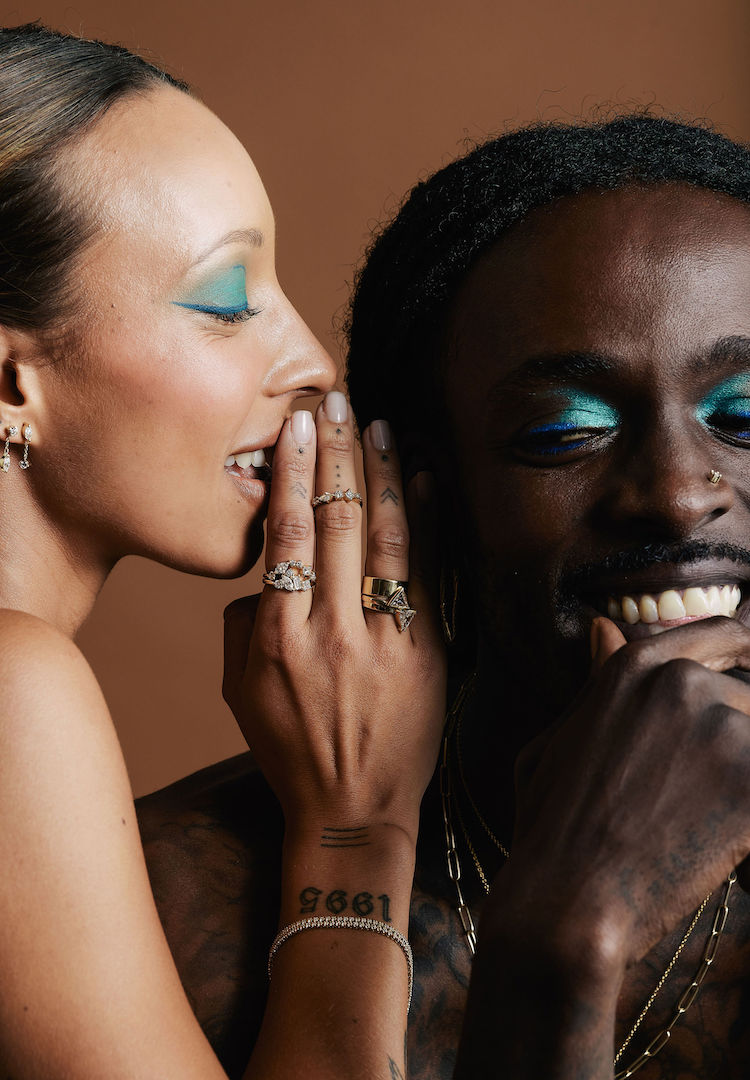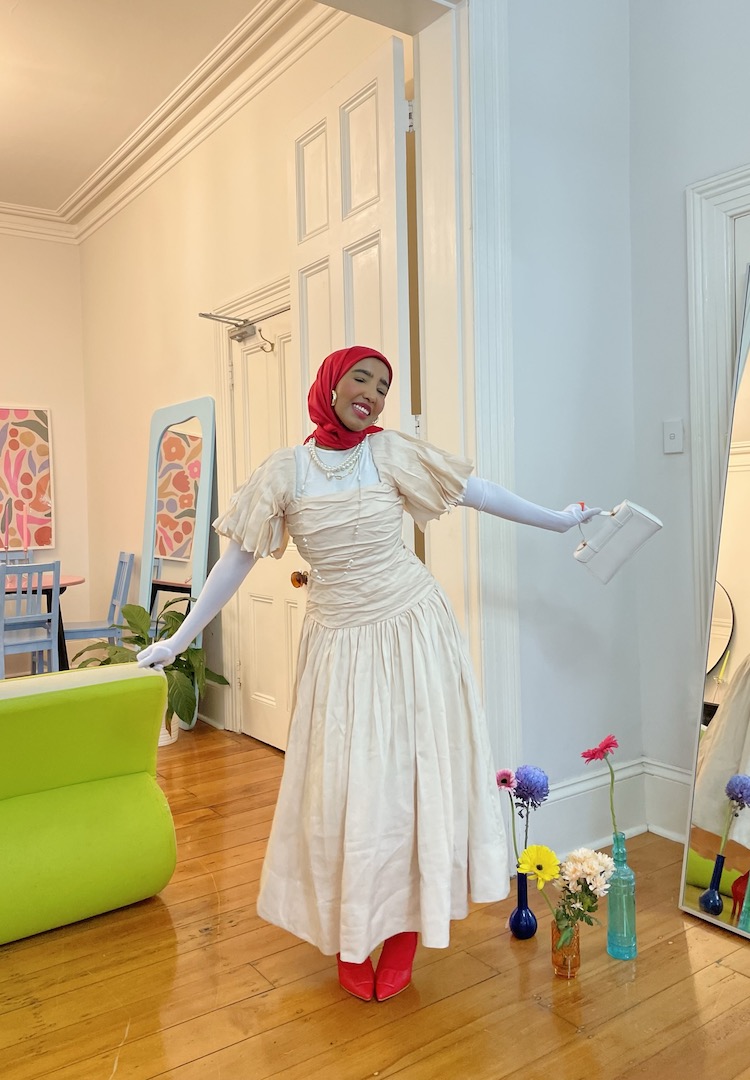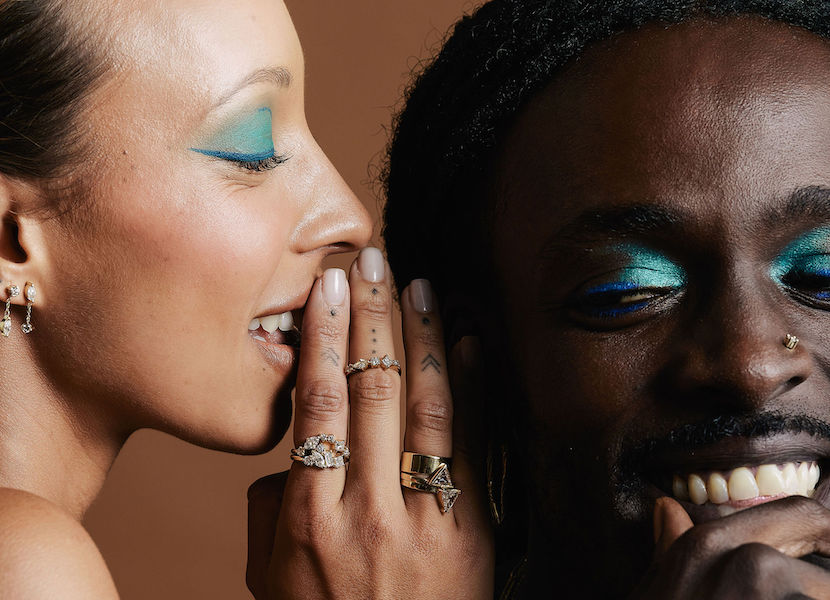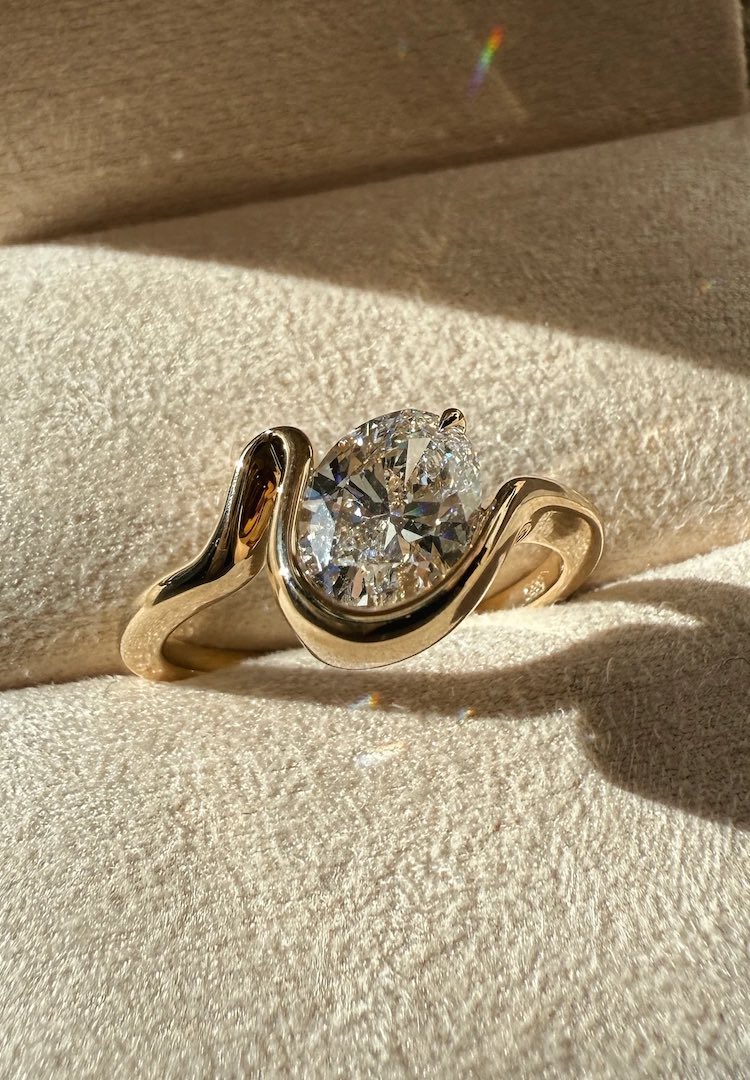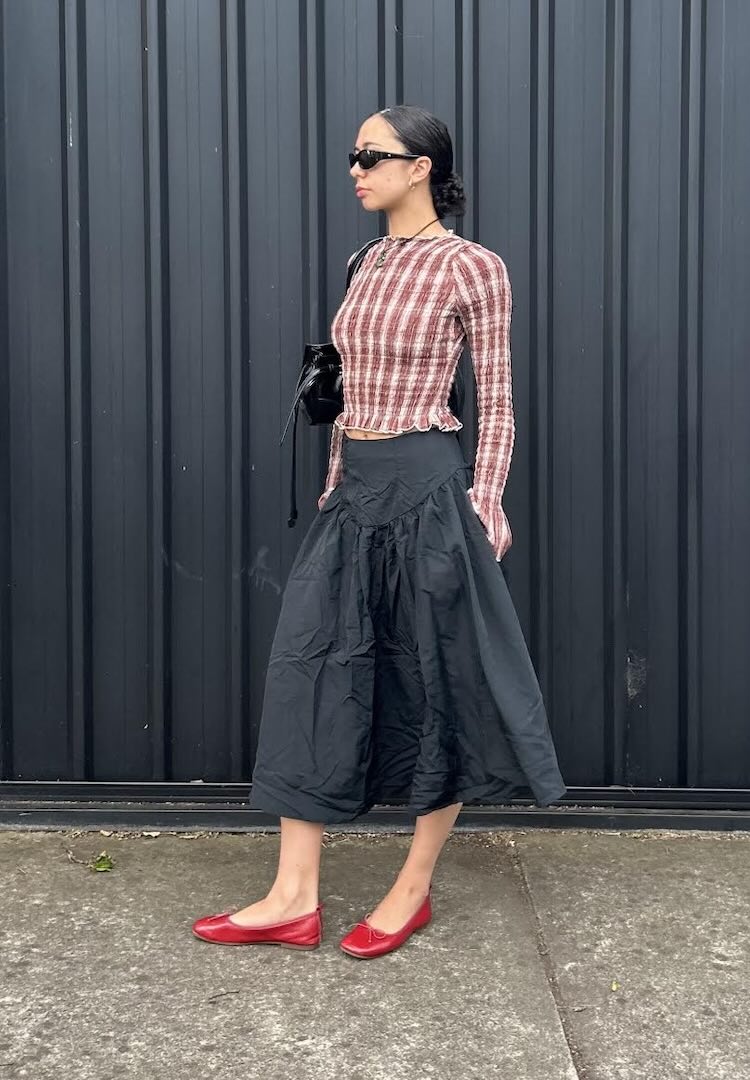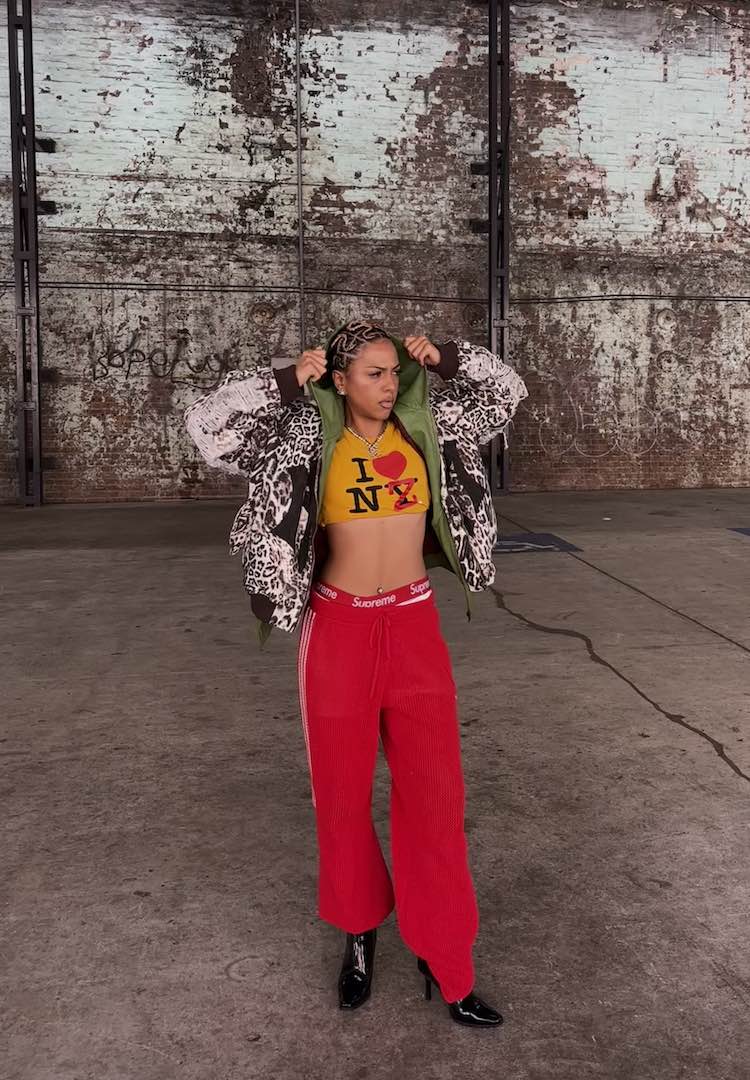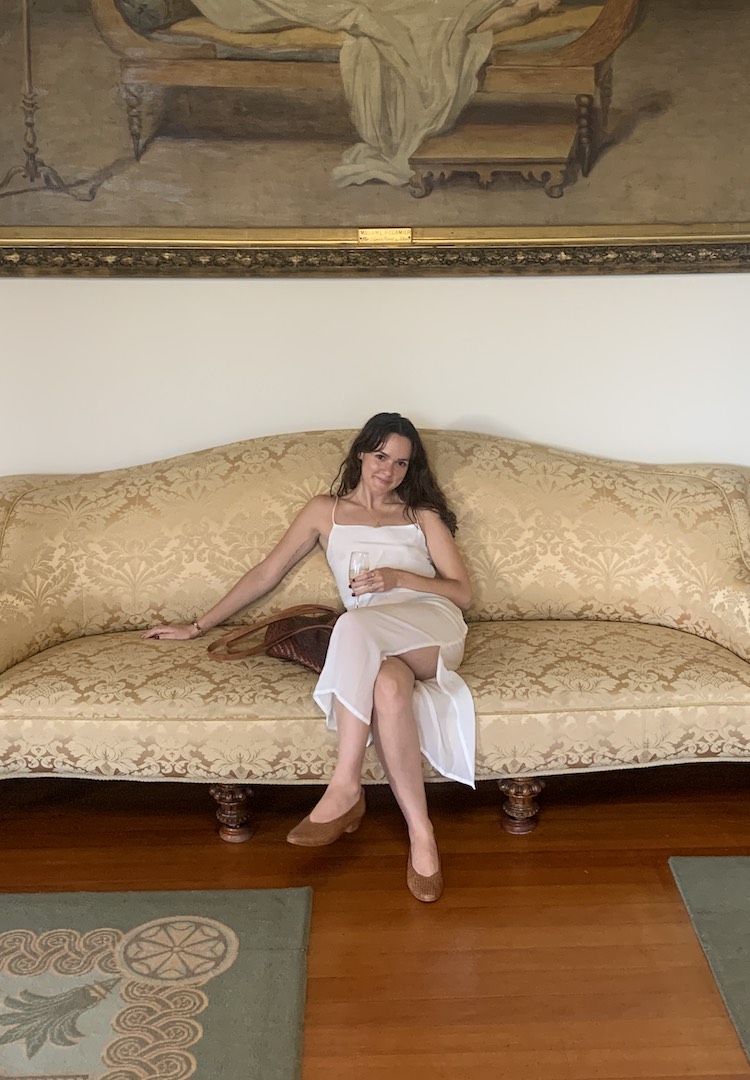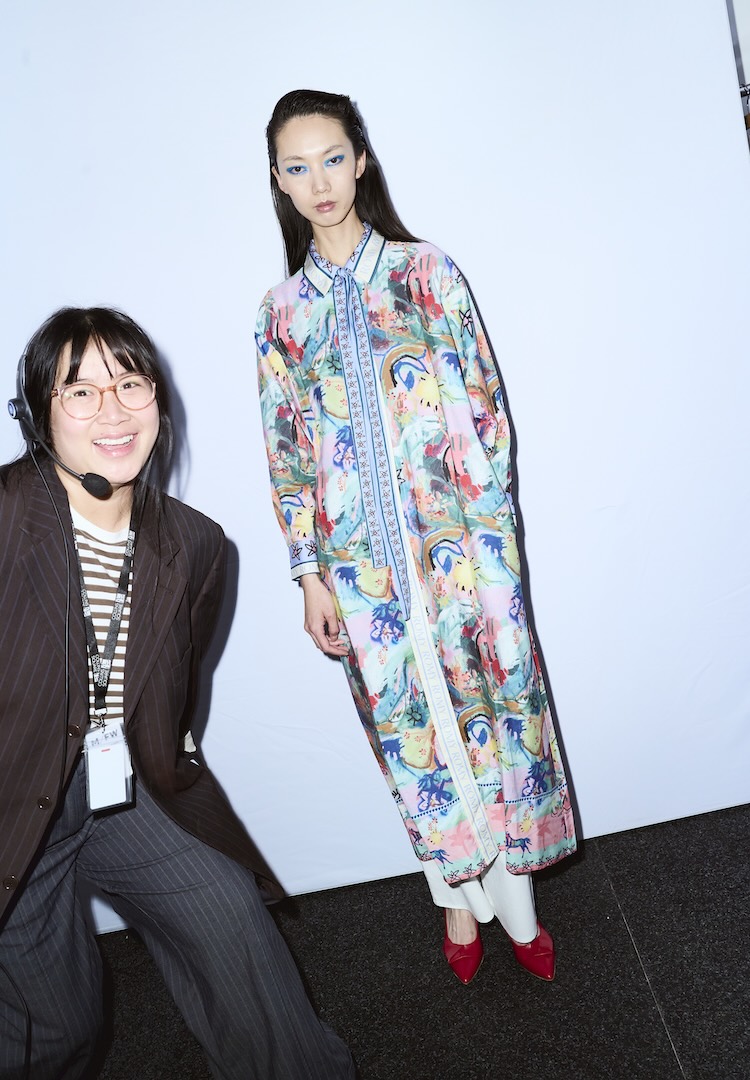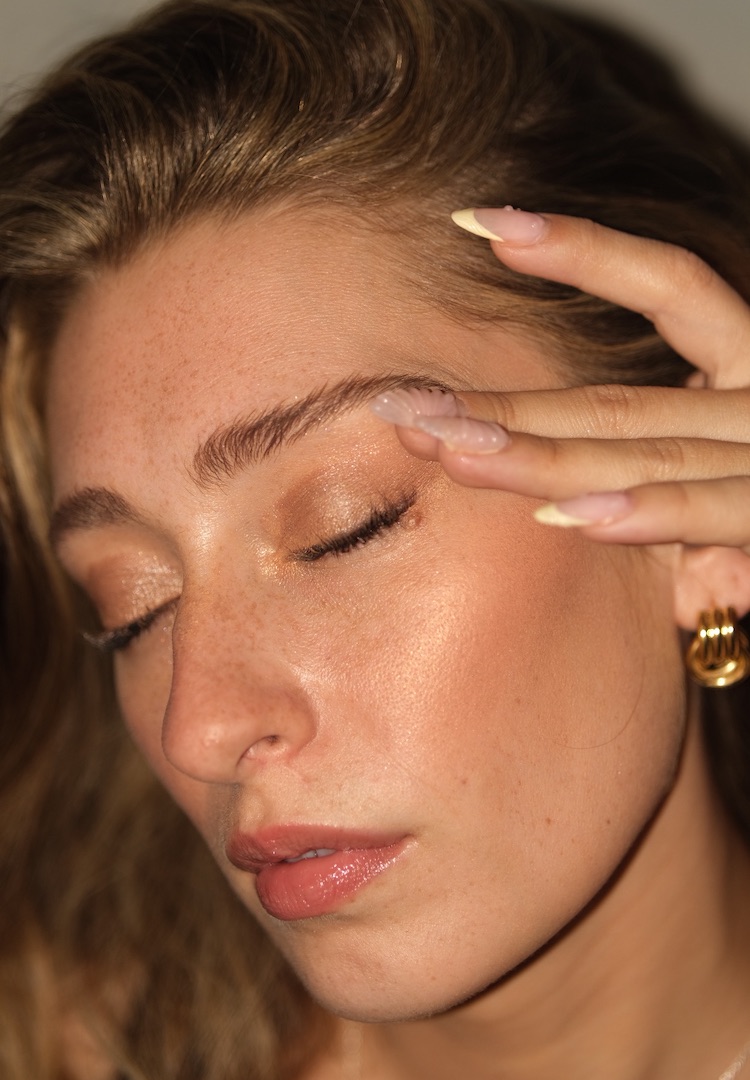What to look for when buying diamond jewellery, according to a master jeweller
IN PARTNERSHIP WITH BLACK FINCH
PHOTOGRAPHY BY Gina Cawley
MAKEUP AND HAIR BY Kahlii Morisson
MODELLED BY Monique Barton and Kwabee Otuo
WORDS BY MAEVE KERR-CROWLEY
A girl’s best friend.
I can only assume other people have also fantasised about draping themselves in jewellery absolutely decked out in glittering stones and expensive gems at least once. Or quietly sang ‘Diamonds Are a Girl’s Best Friend’ to themselves and thought, ‘Hey, I could be a great friend to a big fancy rock’.
Some people have known the exact cut, carat and setting of their dream wedding ring since they learnt to talk, which is a kind of decisiveness that I (a Libra) truly respect and admire. Others wouldn’t know where to start when presented with the chance to drop money on a big, beautiful diamond. Personally, I fall among the latter.
For more fashion news, shoots, articles and features, head to our Fashion section.
So, to aid my fellow clueless stone shoppers in the pursuit of dripping jewels, I consulted an expert. Raymond de Zwart is the Master Jeweller at Black Finch, a Melbourne brand all about turning meaningful stories into wearable art using the Earth’s most precious materials. In celebration of Black Finch’s new Cloudbusting Diamond collection, here’s his best and brightest advice for picking the right diamond for you.
Know ‘the four Cs’
Conveniently, the most important things to look for in a diamond are cut, colour, clarity and carat – aka the four Cs. These four little factors determine not only the size and shape of a stone but how it plays with light or fits into an arrangement.
All four elements interact and mingle to determine a stone’s quality, and can be masterfully played with to find an ideal balance. With the right hand, a stone can be made to look more expensive by compromising on certain factors and highlighting others. Of course, the average jewellery shopper doesn’t know exactly what these things mean, how to identify them or what the ideal is in each category. This leads to Raymond’s next piece of advice.
Lean on an expert
You can scroll for hours online consuming everything ever written about diamonds, and chances are you’ll be no closer to making a decision than you were before you started. Raymond emphasises the knowledge possessed by an expert jeweller will be infinitely more in-depth and helpful than anything you can find on the internet.
Brands like Black Finch offer design consultations for that exact reason. Sitting down with a jeweller provides the opportunity to look at a wide range of stones, learn a little something about all of them and pick the brain of someone who lives and breathes gems. Most importantly, all their recommendations and guidance will be tailored to you. Raymond explains a Black Finch consultation is about finding a stone you connect with and working from there.
More expensive doesn’t mean better
The four Cs are a great guideline for diamond quality, but they’re just that: a guideline. Measuring a stone’s worth by objective benchmarks is largely arbitrary because the true beauty of any piece of jewellery is (and forgive the cliché) in the eye of the beholder.
While it might be tempting to go with the biggest, most precisely cut stone you can afford in order to reach an elusive ideal, Raymond advocates for a different approach that prioritises meaning and connection. The right stone is the one that makes you feel something. Diamonds are really, really expensive and it’s easier to get value for your money if at least part of that value is emotional.
Black Finch diamonds are beautiful and they’re cut with care and expertise. But the brand is less tied up in sourcing ‘perfect’ stones than in presenting something unique, natural or rare. As Raymond puts it, “It’s those things that make a gem a gem.”
Know where your stones came from
Stones are sourced through mining, which can have devastating effects on both the environment and workers when done unethically. Building on the idea that meaningful jewellery is beautiful jewellery, and beautiful jewellery stems from strong groundings in ethics and sustainability, coupled with sentimentality and consideration. While lab-grown diamonds are increasing in the industry as an alternative to mining, Raymond points out that lab-grown often means factory grown, which can lead to mass-produced and devalued items.
Black Finch sticks to procuring stones the traditional way but prioritises local sourcing from ethical mines in order to maintain transparency about each gem’s origins. The brand’s sapphires, for example, are sourced largely from family businesses and artisanal mining operations. Even its gold is sourced as sustainably as possible, with the brand pioneering the use of recycled gold from post-consumer sources here in Melbourne.
Great jewellery requires great care
Once you’ve committed to your stones, seen your design come to life and brought home your new piece of bling, you’ll want to keep it looking its best. This is a serious investment piece we’re talking about, after all.
Raymond suggests getting your jewellery professionally cleaned occasionally to bring it back to its full lustre and taking it for a general check-in at least once a year. Black Finch offers both services for free on all the jewellery it sends home with you.
Take a closer look at Black Finch’s new Cloudbusting Diamond collection here.

